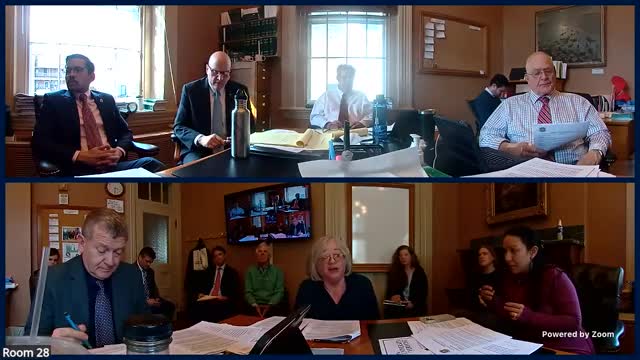
This article was created by AI using a video recording of the meeting. It summarizes the key points discussed, but for full details and context, please refer to the video of the full meeting. Link to Full Meeting
One key point raised was the financial impact of closing schools. National research indicates that while per pupil spending often rises after a school closure, the anticipated savings from economies of scale rarely materialize. Instead, the discussion highlighted that significant savings typically only occur when staff layoffs accompany closures. If teachers and staff transfer to new schools with students, the expected financial benefits diminish.
Moreover, the meeting underscored the hidden costs associated with school closures. Increased transportation expenses and the maintenance of empty public buildings can strain local budgets. Promises of enhanced opportunities for students post-closure often come with financial burdens that communities must bear.
The emotional toll on communities was also a focal point. Research shows that closing schools can lead to depopulation, declining home values, and a loss of social capital, making it harder for families to settle in those areas. The representatives emphasized the importance of involving communities in these decisions, as they are directly affected and have a vested interest in the educational environment of their children.
Geographic isolation was identified as a critical factor in determining which schools might face closure. The discussion included considerations about the maximum length of bus rides for students, ensuring that any changes do not disproportionately impact younger children.
As the meeting concluded, it was clear that while the need for sustainable schools is recognized, the path forward requires careful deliberation and community engagement. The decisions made today will echo through the halls of Vermont's schools and the neighborhoods they serve for years to come.
Converted from Senate Education 2025-04-08 3:15PM meeting on April 09, 2025
Link to Full Meeting
Comments
View full meeting
This article is based on a recent meeting—watch the full video and explore the complete transcript for deeper insights into the discussion.
View full meeting